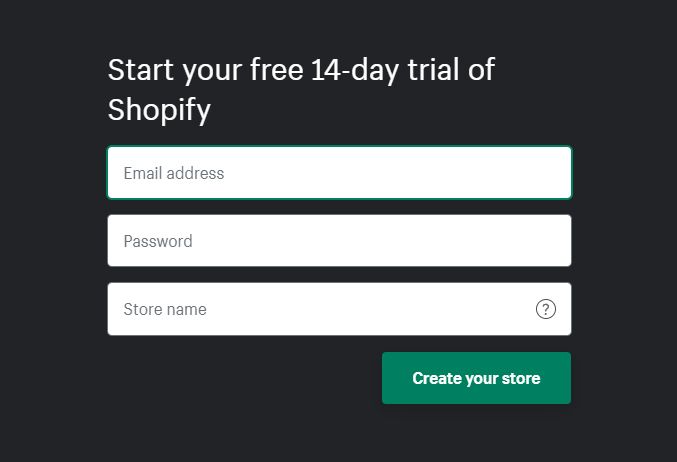The fact is that you are landed here thanks to the reason that we have passed along a Digital Millennium Copyright Act takedown notice regarding material on your site. That is to say, the DMCA gives copyright holders permission to enforce their rights by requesting the removal of unauthorized uses of their content. In other words, as the host of your site, we’re required to disable access to content upon receipt of a valid takedown notice.
Even though you are prohibited by law to republish the content, that is, of course, not the end of the story! To start, we recommend you to strive to address the problem instantly with the copyright holder. In case the unauthorized use is the consequence of an honest mistake or misunderstanding, the complainant may send us a retraction of the takedown notice. This keeps your blog away from being associated with an instance of copyright infringement.
In this guide, we will take a look at 4 factors to consider about Copyright Act to help you know more deeply about this topic.
4 factors to consider about Copyright Act
Notices before submitting a counter notice
There are some notices that you should consider before submitting a counter notice:
-
As same as the initial takedown notice we forwarded to you, we will pass your counter notice on to the copyright owner. They may need to pursue legal action against you to protect their content if they do not agree that their takedown notice was submitted in error.
-
The WordPress.com user who uploaded the material must be the only one can submit counter notices.
-
If the content owner does not object to your counter notice by taking legal action after a period of ten business days, we will, of course, restore access to the previously removed material on your site. You have on right to republish the material during this period.
What is fair use?
There aren’t any hard and fast rules when it comes to defining fair use. Nonetheless, the Copyright Act sets out 4 elements for courts to consider:
-
The purpose and character of the use: What did you use the material for and how did you do? Using content for research, criticism, reporting, comment, news , scholarship, and teaching is considered fair. Moreover, using material in a transformative manner, it means in a manner that adds new expression, meaning, or insight, also tends to seem to be fair use over an exact reproduction of a work. What’s more, nonprofit use is favored over commercial use.
-
The nature of the copyrighted work: Is the original factual or fiction, published or unpublished? There is the fact that factual and published works are less protected, so its use is more likely to be considered fair.
-
The amount and substantiality of the portion which are used in relation to the copyrighted work in total: How much of the material did you use? If the most memorable or significant portion or the majority of a work was not employed, it is more likely to be considered fair.
-
The effect of the use upon the potential market for, or value of, the copyrighted work: Does your use target a different audience, different market? If so, it is more likely to considered fair use. It is essential to note that even though criticism or parody may reduce a market, it still may be fair thanks to its transformative nature. That is to say, if your criticism of a product make influence on how people stop buying the product, that doesn’t count as having an “effect on the market for the work” under copyright law.
We would like to suggest some examples of situations where you might be permitted to use the copyrighted material with no prior permission from the owner:
-
Including screenshots of a website/profile/communication that demonstrate an issue that you’re criticizing or claim you’re making
-
Incorporating a brief quote from someone’s blog for the aim of commenting on their opinion
-
Altering a photo or photograph in a satirical manner
Conclusion
Here are some resources to know more about fair use:
- Copyright.gov – Fair Use
- EFF – The Bloggers’ FAQ on Intellectual Property
- Stanford University Libraries – Fair Use
- Nolo – The ‘Fair Use’ Rule: When Use of Copyrighted Material is Acceptable
In case you feel not certain as to whether a particular use qualifies as fair use, please consult a copyright attorney.


